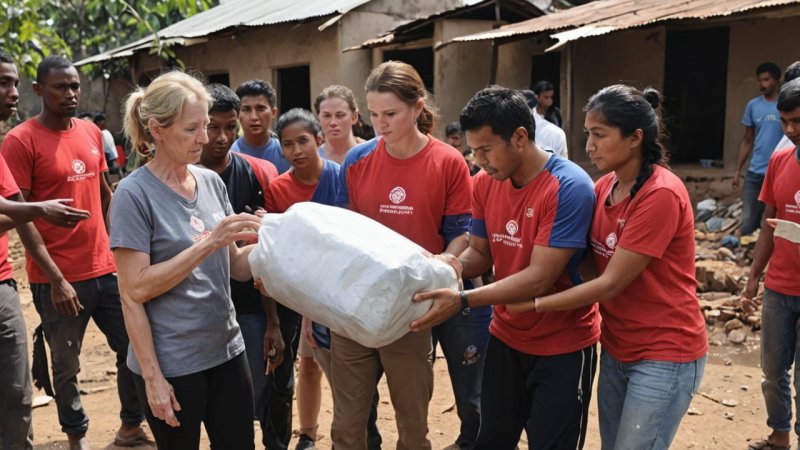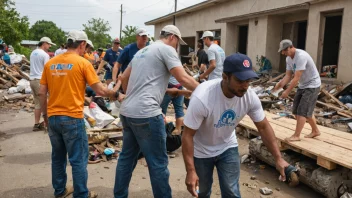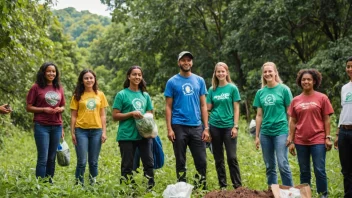Introduction
In times of crisis, the role of international volunteers becomes pivotal in providing immediate assistance and long-term support to affected communities. This article will guide you through the essential steps on how you can become an effective international volunteer in disaster relief efforts. You will learn about the preparation needed, the skills that are beneficial, and how to engage with organizations that facilitate these efforts.
Step 1: Understand the Need for Disaster Relief
Before getting involved, it's crucial to comprehend the various aspects of disaster relief. Natural disasters such as earthquakes, floods, and hurricanes can devastate communities, requiring urgent assistance in multiple areas:
- Health and Medical Support: Providing first aid, medical supplies, and psychological support.
- Food and Water Distribution: Ensuring that affected populations have access to basic necessities.
- Infrastructure Repair: Assisting in rebuilding homes, schools, and hospitals.
- Community Support: Offering emotional and spiritual support to those affected.
Step 2: Research Opportunities
Finding the right organization to volunteer with is essential. Here are several reputable organizations that focus on disaster relief:
- International Federation of Red Cross and Red Crescent Societies (IFRC)
- Doctors Without Borders (Médecins Sans Frontières)
- UN Volunteers
- GlobalGiving
Visit their websites to learn more about their missions, ongoing projects, and volunteer requirements.
Step 3: Assess Your Skills and Availability
Evaluate what skills you possess that can contribute to disaster relief efforts. Common skills that are in demand include:
- Medical Training: If you’re a healthcare professional, your skills are invaluable.
- Logistics Management: Experience in organizing supplies and managing teams.
- Communication Skills: Ability to connect with affected individuals and teams.
- Language Proficiency: Knowing the local language can be a huge asset.
Additionally, consider your availability. Many disaster relief efforts require volunteers for extended periods, so ensure you can commit the necessary time.
Step 4: Prepare for Deployment
Once you’ve selected an organization and assessed your skills, it’s time to prepare for deployment. Here are some steps to take:
- Attend Training Sessions: Many organizations offer training for disaster response, which can equip you with the necessary skills.
- Gather Necessary Documents: Ensure your passport, visas, and any required certifications are ready.
- Pack Smart: Prepare a disaster relief kit with essentials such as clothing, first aid supplies, and personal hygiene items.
Step 5: Engage and Collaborate
Upon arrival in the disaster-affected area, engage with local communities and collaborate with other volunteers. Here’s how to do this effectively:
- Listen and Learn: Understand the needs of the community by listening to their concerns.
- Work as a Team: Collaborate with other volunteers and local organizations to maximize efforts.
- Stay Flexible: Be prepared to adapt to changing situations and needs.
Step 6: Reflect and Share Your Experience
After your volunteer experience, take the time to reflect on what you learned and how you can continue to help. Sharing your experience can inspire others:
- Write a Blog: Document your journey and share it online.
- Participate in Community Discussions: Engage with local groups to spread awareness about disaster relief.
- Advocate for Preparedness: Encourage your community to prepare for potential disasters.
Conclusion
Becoming an international volunteer in disaster relief is a significant commitment that can make a lasting impact on communities in need. By understanding the needs, researching opportunities, assessing your skills, preparing for deployment, engaging with communities, and sharing your experience, you can contribute to meaningful change. Remember, every action counts, and your involvement can inspire others to join the cause.






